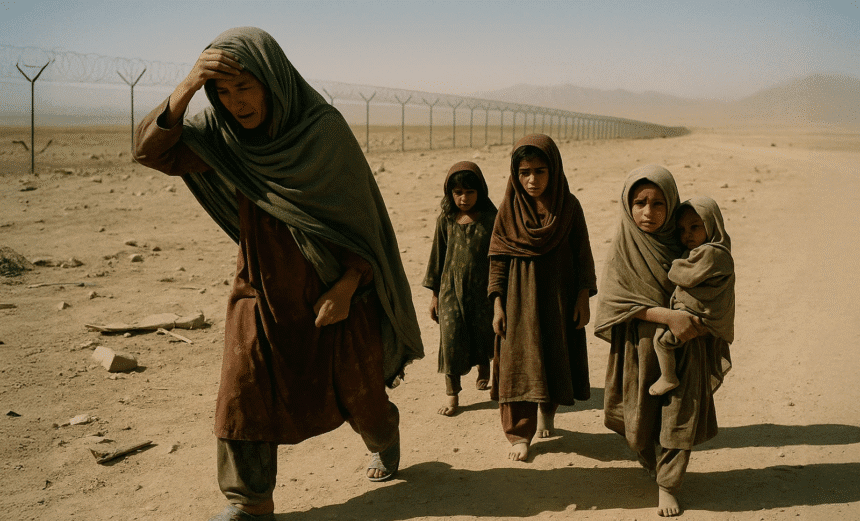Since September 2023, more than 2.43 million undocumented Afghan nationals have returned from Iran and Pakistan, many under duress. Women and girls account for about one third of returnees from Iran and half from Pakistan, arriving in a society already strained by economic collapse and climate stress. Many come back without shelter, income, healthcare, or access to education, creating what the United Nations describes as an urgent humanitarian emergency.
Layered Vulnerabilities: Poverty, Exploitation, and Restricted Futures
The “Gender Alert” report by UN Women and CARE highlights the risks faced by returnee women, including poverty, exploitation, early marriage, gender-based violence, and severe restrictions on daily life. Only 10 percent of female headed households have secure housing. Susan Ferguson, UN Women’s Afghanistan Special Representative, stresses that women and girls arriving destitute into already overburdened communities are not only in need of basic services, but also require long term reintegration strategies that restore dignity.
Harsh Reality at the Border: Trauma, Peril, and Institutional Failure
Mid-2025 saw one of the largest forced migratory waves in Afghanistan’s recent history, with over 800,000 people returned from Iran in a matter of months. At the height of the deportations, more than half a million people were sent back in just two weeks. Aid groups reported that hundreds of thousands arrived each day under harsh conditions. The International Organization for Migration was able to assist only about 10 percent of those in need. Women and children bore the heaviest burden. More than 5,000 unaccompanied children were reported in June, while single women and widows were stranded at border crossings due to Taliban restrictions on women traveling without a male guardian.
Taliban Rule and Systemic Repression
Upon return, many women face an environment where the Taliban’s policies undermine even the most basic human rights. A recent United Nations report details patterns of arbitrary arrest, torture, and persecution targeting returnees, particularly those identifiable by gender, previous occupation, or public visibility. Legal changes have stripped women from judicial positions and barred them from schooling beyond the sixth grade, from most employment, and from moving freely without male accompaniment. These policies have transformed the justice system into a tool of political and gender-based repression, which the UN warns may constitute crimes against humanity.
Threats to Humanitarian Workers and Vanishing Frontline Support
The humanitarian situation is made worse by targeted threats against female aid workers. In May 2025, dozens of Afghan women employed by UN agencies received explicit death threats, prompting internal investigations and emergency security measures. Taliban restrictions on female employment in NGOs and UN offices have further cut access to women and girls who need help the most.
Reintegration: Potential or Point of Tension
UN Habitat has underlined that integrating approximately 2.2 million returnees, with 60 percent under the age of 18, is vital to maintaining social stability. These individuals bring skills and potential contributions to local economies. However, without deliberate investment, competition for housing, jobs, and services could deepen divisions and lead to renewed conflict.
A Humanitarian Crisis within a Crisis
This mass return is unfolding alongside Afghanistan’s worst malnutrition crisis on record. Nearly 10 million people face acute food insecurity, and one third of children are experiencing stunted growth. The World Food Program is seeking an additional 15 million dollars specifically to assist returnees, warning that without swift funding, both immediate survival and long-term recovery will be in jeopardy.
Conclusion
The convergence of forced returns, systemic repression, economic collapse, and a worsening food crisis forms a complex emergency that is disproportionately harming Afghan women and girls. Unless the international community delivers sustained, gender sensitive aid that addresses both immediate needs and long-term integration, Afghanistan risks sliding into deeper instability, with women’s futures curtailed and national recovery delayed.
















